Skateboarding is one of the most exciting and rewarding activities you can take up. Whether you’re drawn to the freedom of cruising down the street, mastering impressive tricks, or simply exploring a new way to stay active, learning how to skateboard is a journey worth embarking on. But how long does it actually take to learn how to skateboard?
The short answer: It depends. Factors such as your dedication, natural balance, the time you spend practicing, and even the equipment you use can all influence how quickly you’ll pick up skateboarding. For most beginners, it takes about 1–2 weeks to get comfortable riding, balancing, and turning. Mastering tricks can take months or even years depending on the complexity of the moves and your practice routine.
Let’s break this down step by step so you can start rolling with confidence—and maybe even pick up some top-rated gear to help speed up the process!
What to Expect When Learning Skateboarding
Day 1–3: Getting Comfortable on the Board
The first few days of learning to skateboard are all about getting used to standing on the board and balancing. At this stage, practice standing on your skateboard with one foot near the front bolts and the other near the back. Get used to pushing off with your back foot and balancing as you glide.
Pro Tip: Use a stable skateboard with a wide deck. It’s perfect for beginners and helps you feel more in control.
Check out the MINORITY 32-inch Maple Skateboard—a highly rated option on Amazon, featuring over 7,000 reviews and praised for its sturdy build and smooth ride.
Week 1–2: Learning to Ride and Turn
Once you’re comfortable balancing, it’s time to practice riding and turning. Spend this time improving your ability to push off, glide, and steer. Use small, smooth motions to lean in the direction you want to go. Don’t worry if you feel awkward—it’s all part of the learning process!
To practice turning more effectively, consider investing in RIMABLE Complete 22-inch Skateboard. Its compact size and flexible trucks make it easier to navigate tight turns while still offering stability.
How Long Does It Take to Learn Tricks?
Basic Tricks (1–2 Months)
After you’ve mastered the basics of riding and turning, you might want to start learning tricks like the ollie, kickturns, and manuals. These are the foundation of more advanced moves and can be learned within 1–2 months with consistent practice.
For attempting tricks, you’ll need a skateboard that’s designed for durability and pop. The Enjoi Skateboards Whitey Panda comes highly recommended for beginners looking to get into tricks. Its lightweight deck and premium grip tape make it an excellent choice for learning ollies and manuals.
Intermediate Tricks (6 Months–1 Year)
Intermediate tricks like shuvits, kickflips, and grinds can take several months to a year to master. These moves require precision, timing, and plenty of patience. Remember to celebrate small victories along the way!
To build your confidence and skill, you might also consider protective gear. The Triple Eight Saver Series Pad Set includes knee, elbow, and wrist pads to keep you safe while practicing tricks.
BELEEV 31″ Complete Skateboard for Beginners
This 31 x 8-inch Canadian Maple Wood skateboard is designed for beginners and pros alike. It features 5-inch reinforced aluminum alloy trucks for solid support, making it ideal for cruising, commuting, and performing tricks.
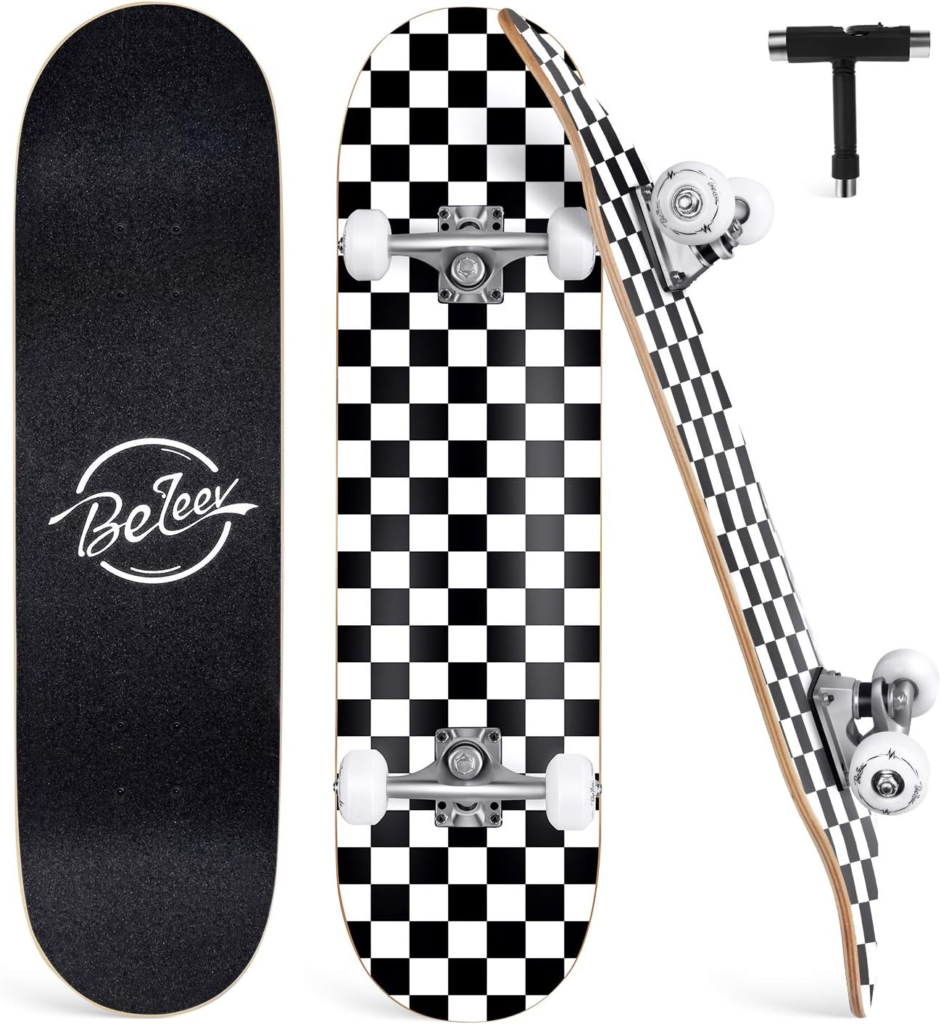
Krown Rookie Complete Skateboard
A high-quality skateboard that mirrors professional models but at a fraction of the price. It comes assembled with a 7-ply Maple deck, heavy-duty aluminum trucks, urethane wheels, and precision bearings, offering a smooth ride with a good mix of flex and stiffness.
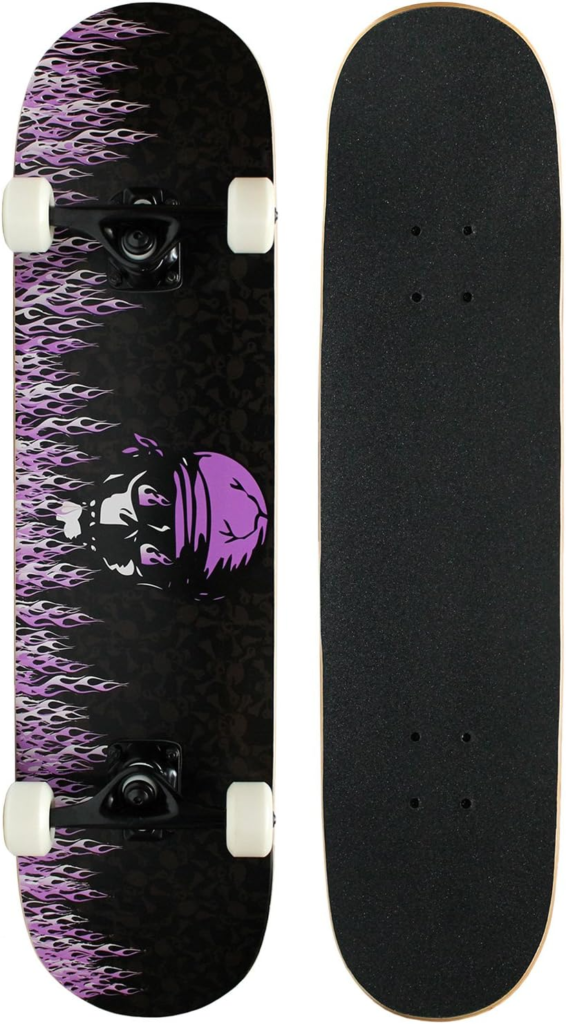
JBM Adult/Child Knee Pads, Elbow Pads, and Wrist Guards 3-in-1 Protective Gear Set
This protective gear set is suitable for multi-sports activities, including skateboarding. It offers comprehensive protection with knee pads, elbow pads, and wrist guards, ensuring safety during practice sessions.

Triple Eight THE Certified Sweatsaver Helmet
Combining comfort and safety, this helmet features high-impact-absorbing EPS foam and dual-density soft foam with moisture-wicking Sweatsaver fabric liners. It’s dual certified for both skateboarding and biking, providing reliable protection for your head.
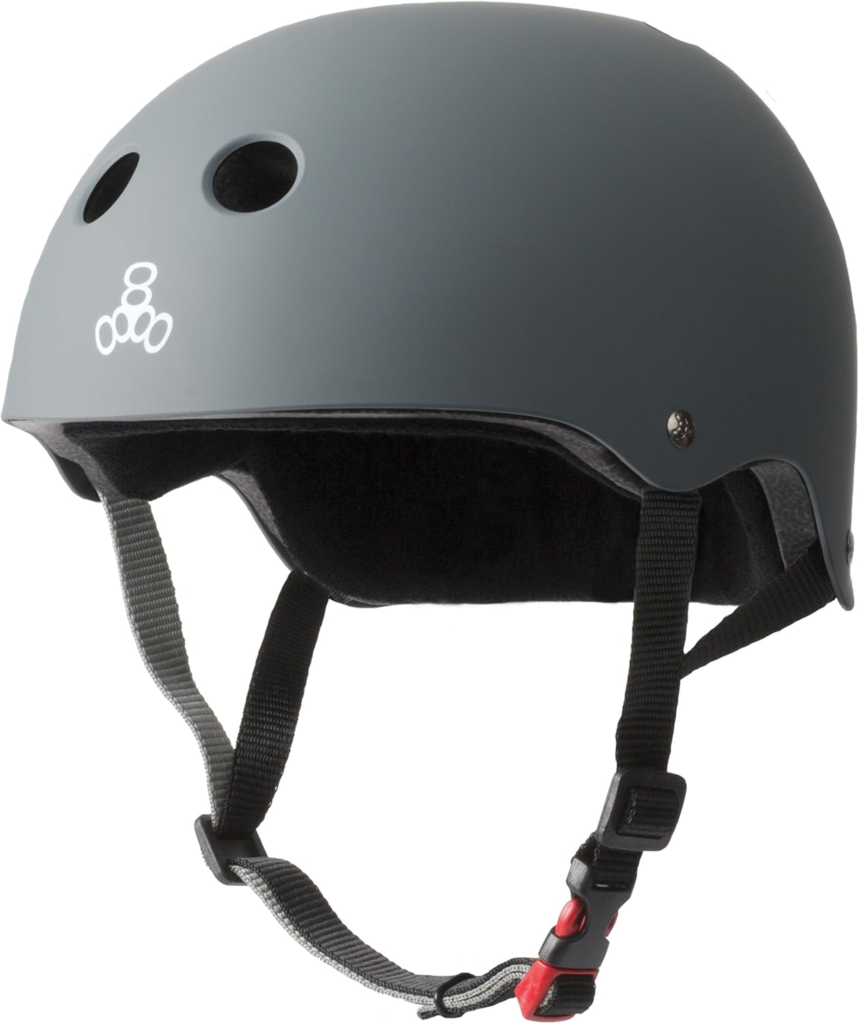
Vans Old Skool Skate Shoes
These classic skate shoes feature durable suede and canvas uppers, reinforced toe caps, and the iconic Vans side stripe. They offer both style and functionality, making them a popular choice among skaters.

Etnies Marana Michelin Skate Shoes
Known as one of the most durable skate shoes, the Marana Michelin features a fused-on, injected rubber toe cap and a Michelin rubber outsole, making it three times more durable. It’s designed for longevity and performance.

The Role of Equipment in Learning Speed
Your gear matters—big time. Beginners often struggle more when they use poorly made or inappropriate equipment. Here’s a quick guide to what you’ll need:
Best Beginner Skateboards
- Beleev Skateboards for Beginners: An affordable, beginner-friendly option with a durable maple deck.
- Krown Rookie Complete Skateboard: Perfect for first-timers, featuring a stable deck and smooth wheels.
Protective Gear
- JBM Adult/Child Protective Gear Set: Includes helmet, knee, elbow, and wrist pads.
- Triple Eight Certified Helmet: A high-quality helmet that’s stylish and safe.
Skateboard Shoes
- Vans Unisex Old Skool Skate Shoes: Classic skate shoes with excellent grip and durability.
- Etnies Marana Skate Shoes: Designed for performance, these shoes provide the comfort and support you need.
Common Challenges and How to Overcome Them
Balancing Issues
Struggling to balance on the board? Practice standing on the skateboard on grass or carpet to reduce rolling. This allows you to focus on balance without worrying about movement.
Fear of Falling
Falling is a natural part of learning. Reduce fear by wearing proper protective gear and starting slow. Try skating on smooth, flat surfaces before moving to more challenging terrain.
Difficulty Learning Tricks
If you’re stuck on a trick, break it down into smaller steps and focus on each part individually. Watching slow-motion tutorials can also help.
How to Stay Motivated
Learning to skateboard isn’t just about the destination—it’s about enjoying the journey. Celebrate small milestones, like your first successful push or turn. Remember to have fun and experiment with different styles of skating, whether it’s cruising, street skating, or hitting ramps.
Conclusion: Your Skateboarding Journey Starts Today
So, how long does it take to learn how to skateboard? It’s a unique journey for everyone. With dedication, the right gear, and consistent practice, you can start riding confidently within a week or two. Tricks may take longer, but the sense of accomplishment is well worth the effort.
If you’re ready to kickstart your skateboarding adventure, check out some of the recommended products above. Whether you’re looking for a beginner-friendly skateboard, protective gear, or just want to upgrade your current setup, Amazon offers a wide selection of high-quality options.
Don’t wait—grab your gear, find a smooth patch of pavement, and start shredding today!
Affiliate Disclaimer: SkateNavigator.com may include affiliate links, which allow us to earn a small commission when you make a purchase through them. This helps support our site at no extra cost to you. Thank you for your support!
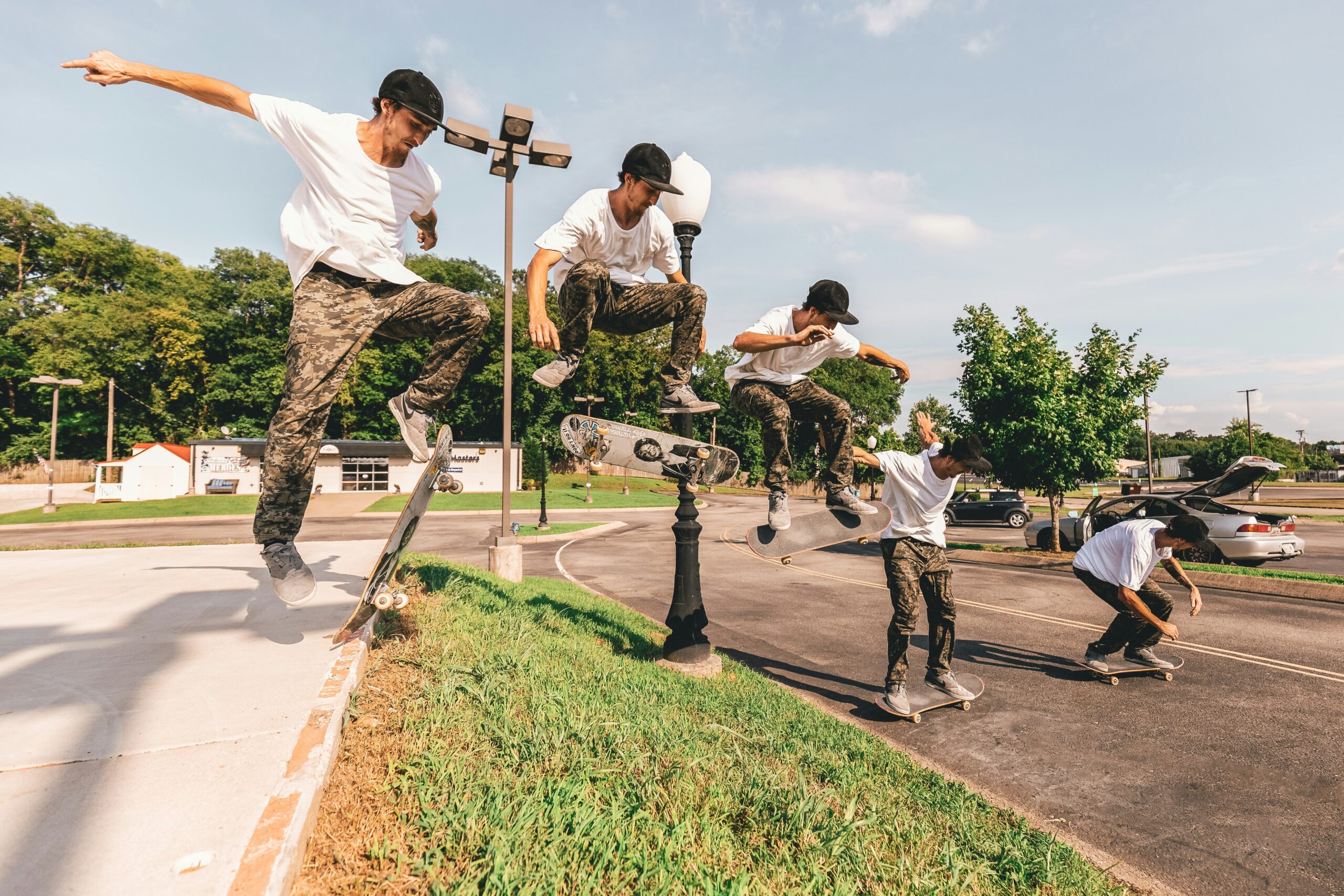
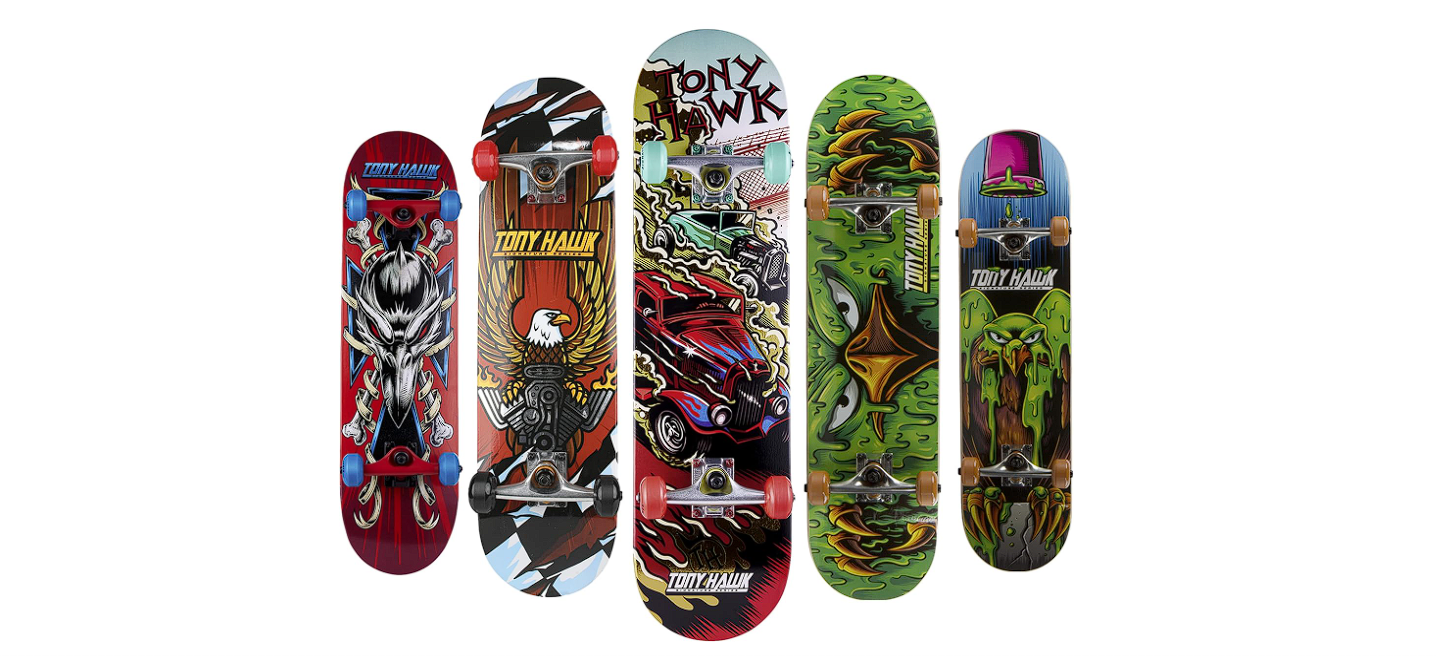

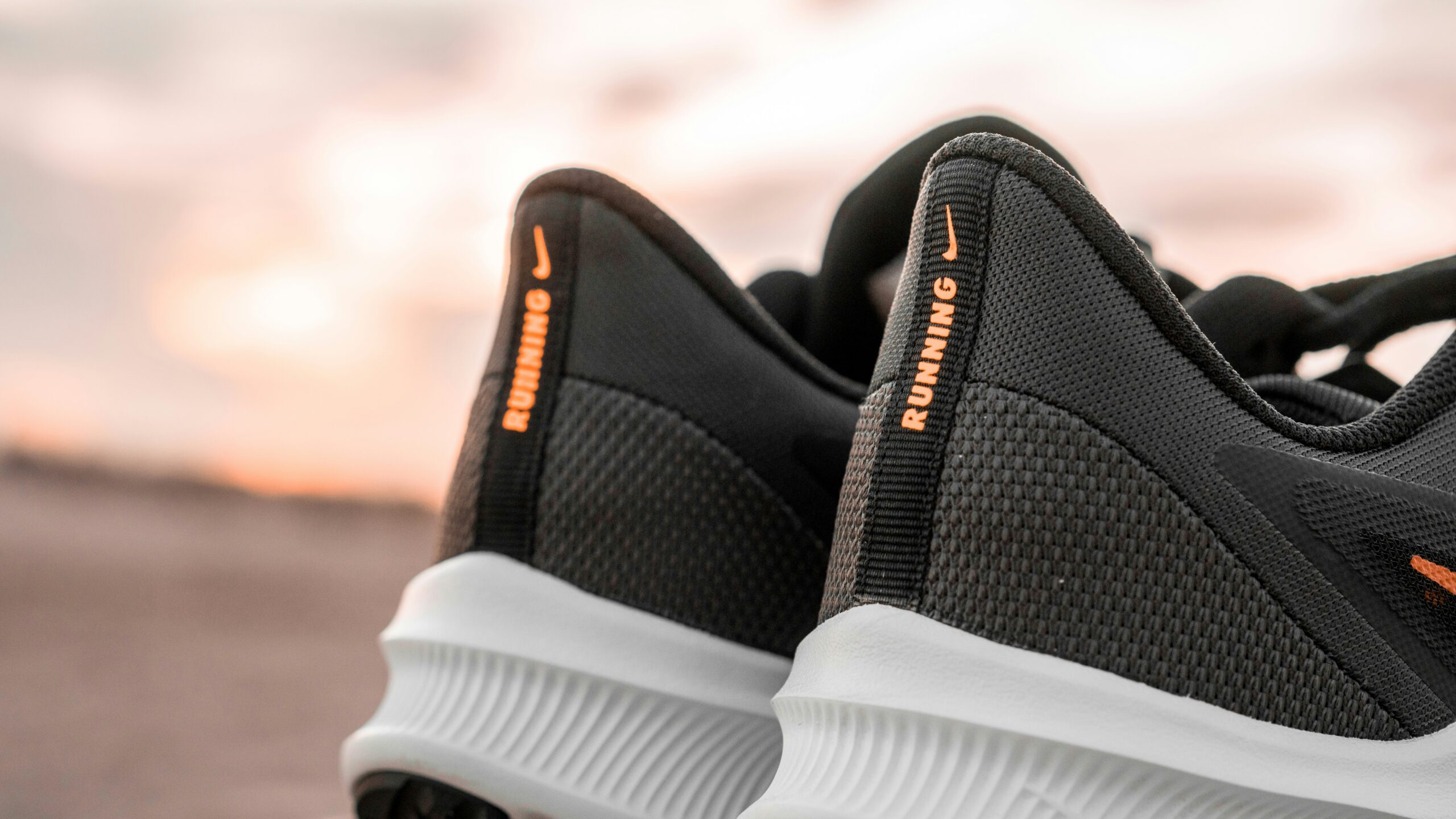
0 Comments